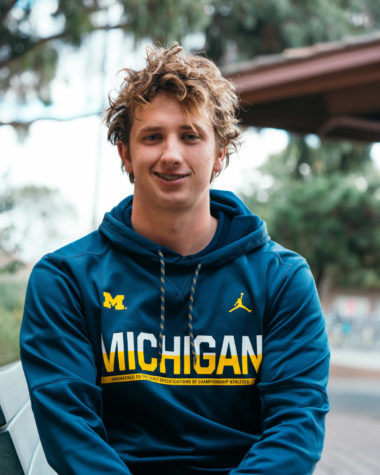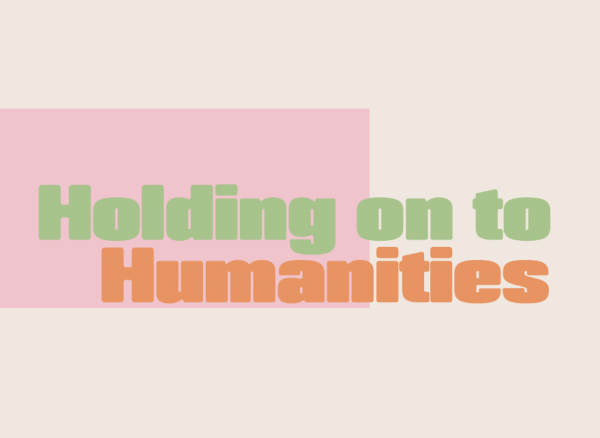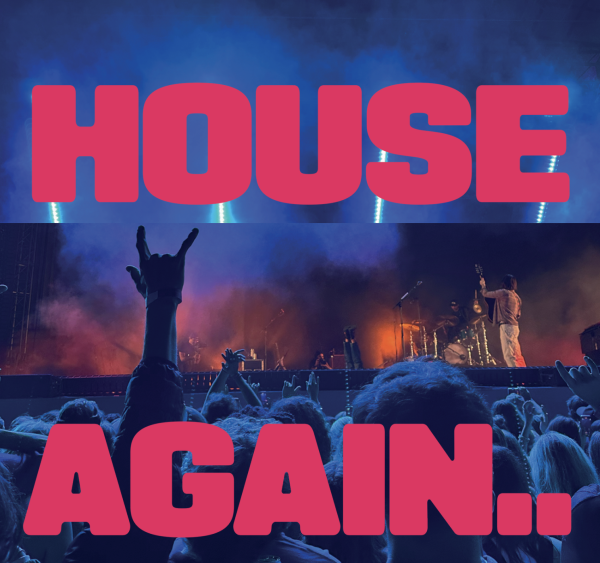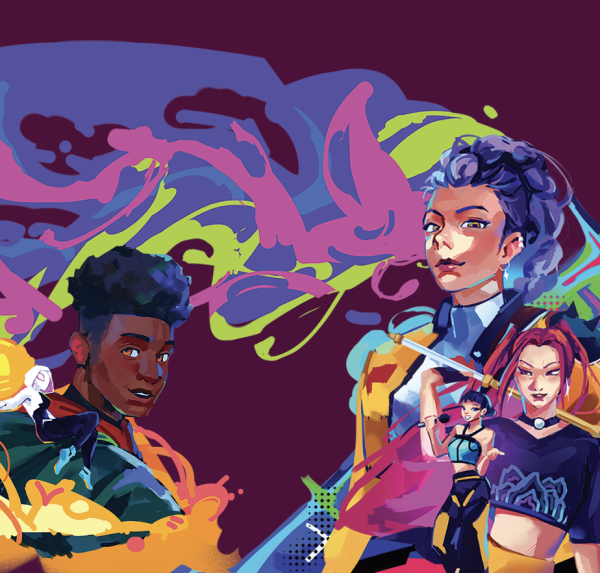Let’s see that movie… again
Today it seems like most of the movies coming out are either sequels or remakes and it’s hard to know if they have lived up to their originals. Remakes differ from their originals in a few ways: some have slight plot twists making the film more modern, others are made using newer technology and some have become more progressive with messages they convey.
IT (1990 vs. 2017)
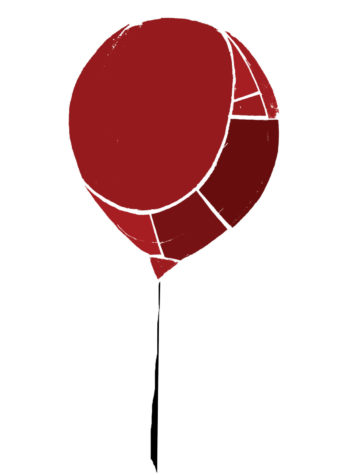
One of the most highly anticipated movies of 2017, “IT,” comes 27 years after the original production on a bigger screen. While the original was aired as a TV show with a limited budget and had mediocre reviews, Warner Brothers spared no expense on the remake, spending nearly three times more than the original at $35 million. “IT” has already made a sizeable profit, and at this point has grossed over $600 million worldwide; it is likely that this is partially fueled by the creepy clown craze of the past year and from the film’s casting of Finn Wolfhard, who plays a main character on Netflix’s newest gem, “Stranger Things.”
The Parent Trap (1961 vs. 1998)
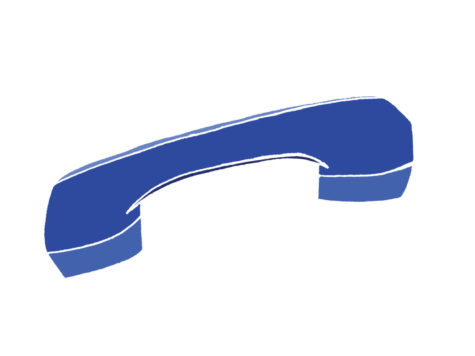
This is a story about two twins, separated as infants but reconnected at summer camp, who then end up bringing their divorced parents back together. We all know the version with Lindsay Lohan, but many are unaware that it is actually a remake of the 1961 film. The remake pays great homage to the original as it incorporates small references to the original throughout the new film. A scene in the newer film where one of the twins is humming a particular song is a reference to the song the twins dance to in the original film. The major difference between the two versions is the noticeable technologic contrast. In both films, the twins are played by one single actress, however the newer version displays more realistic physical interactions between the twins.
Beauty and the Beast (1991 vs. 2017)
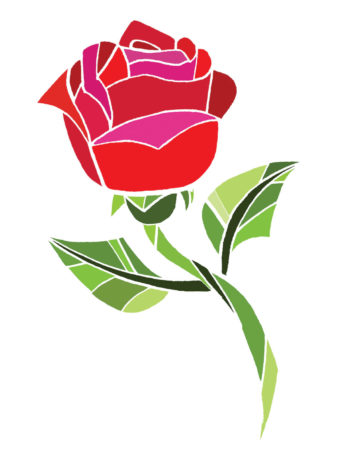
Disney is known for revitalizing old Grimm Brothers fairytales and turning them into animated films. The 2017 version of Beauty and the Beast, a modern adaption from 1991 film, tells quite a different story. While the film is set during the same time period, there is a more progressive 21st century thread of feminism throughout, in conjunction with the advancement in technology. In the newer film there is a scene of the main character, Belle, teaching a young girl to read, while the other characters find this very upsetting. Set in an 18th century French village it is already bad enough that one girl has access to knowledge, let alone two. Bringing up the topic of women’s education exemplifies the 21st century influence that was not present 20 years ago when the first film was made. Another piece giving the film a twist is the fact that Gaston’s friend, LeFou, is gay. Including a homosexual character in the film exemplifies the progression. This remake does the original justice, paying tribute to the old tale as well as modern ideals.


